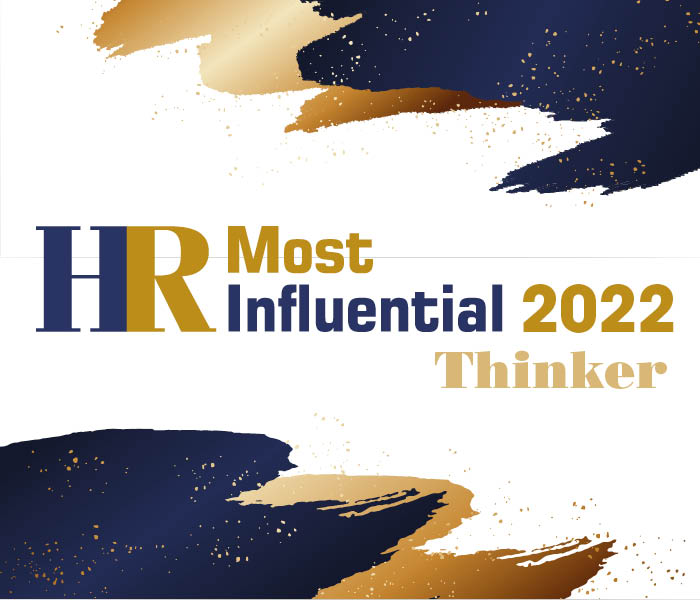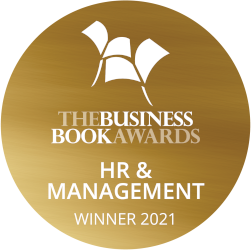HR operating models are at the centre of all good, functioning HR organisations and indeed all good businesses in general. Yet, traditional HR operating models are constantly trying to balance two ‘value agendas’ and often struggle to meet both effectively as a result.
The two main ‘value agendas’ of HR organisations are running an effective back office (bottom of the model) and enabling people productivity and engagement (top of the model). However, despite the top of the model fostering productivity and creating the most long-term value, most HR professionals will tell you that they spend most of their time at the bottom of the model, trying to save money.
IBM’s HR Journey

IBM were one of the first companies to realise this inherent challenge. Back in 2005 they embarked on a journey to change their HR operating model to help relieve some of the pressure from this internal need to get the right people, in the right place at the right time.
I was lucky enough to be brought on board to IBM in 2006 as an executive to lead their global human capital consulting practice and helped the company throughout their HR transformation journey.
Following IBM’s acquisition of PWC Consulting, a new unit was created – IBM Global Business Services. This new unit comprised of more than 60,000 IBM and 30,000 transferring PWC consulting professionals. At this critical new stage in the business, IBM decided to make getting the right people in the right place a critical strategic imperative.
Indeed, in order to acquire value from this acquisition and make this new organisation thrive, IBM had to change their HR operating model alongside developing new HR technology. The two had to be combined to create a single source of truth for HR data across the company.
During our initial strategy stages, a new HR operating model began to emerge with some key considerations in mind:
- Decentralising HR operations across different lines and regions of the business
- Decentralising HR operations across different lines and regions of the business
- Expanding shared service centres into local regions and automating HR administration where possible
- Managers taking on more responsibility for talent management – getting the right people, in the right place at the right time
Whilst these questions may seem like the norm now, it was revolutionary in 2005 for such a large company to be considering such a fundamental shift. At that stage, most companies had a semi-centralised HR department, responsible for most of the talent management. Still, fast forward to today, and most organisations have yet to make this shift.
Indeed, undertaking any sort of HR operating model can be a huge task even in 2021. It requires valuable time from leadership, as well as line managers who will need to develop skills or tools to handle new responsibilities such as performance management, learning, succession, recruitment, compensation, staffing and more.
Push back from the line managers was one of the key challenges that we faced at IBM. Their previous HR tools were clunky, inflexible and unintuitive. At that point only SAP HR, Peoplesoft and other similar highly customised, on-premise software systems were available. Additionally, people weren’t as akin to software as they are now thanks to the rise in people’s personal relationships with social media.
So, not only did IBM need to create new HR technology, but they also had to make the software easy enough to use across the board, particularly for line managers taking on new responsibilities.
The way that we combatted this task was first organising the new HR operating model and then developing the HR technology and tools to meet the requirements of that model. This way, the IT was moulded to fit the needs of HR and not HR moulding to fit the needs of technology.
Indeed, there was some resistance in senior management to the new technology we were developing at IBM. Their concern was the need to focus on executing day-to-day business if we were asking line managers to take on more responsibilities whilst using clunky tools and technology. Fair enough!
We needed to get them on board by creating new technology that would show them the future of getting the right people in the right place and making the managers better managers through these new talent management duties.
The HR team worked with top designers from the internal IT team mocking up a prototype with our operating model motto (right people, right place) at the core. Our aim was to create one internal site that would bring together performance and goals management, staffing and employee collaboration. Managers could use it to manage talent and employees could use it to access a personal development platform.
We then showed this prototype to senior management, to demonstrate the new HR technology and how it would work to make their lives and meeting business needs easier, rather than harder. The session was ultimately a success because they could see that we had built this technology in line with the new HR operating model to meet the business needs, and make the job of people development easier for them
Whilst there are now lots of examples of HR operating models and technology working together seamlessly, this was simply not the done thing at the time. Technology has made great advancements since then thanks to the scalability of cloud enterprises, but what IBM were working on in 2005 was really an early version of what SuccessFactors and Workday platforms would become just a few years later.
Conclusion

Whilst we now have these options, it is still important not to be swept away by HR technology. As this case study with IBM proves, you need to remember that any new HR operating models should be developed first and then consider how tools and technology can be incorporated to meet those needs.
To learn more about developing HR operating models that get the right people in the right place at the right time, take a look at my book Solving the Productivity Puzzle.
Photo Credit: Carson Masterson, Mikita Yo and Cytonn Photography



